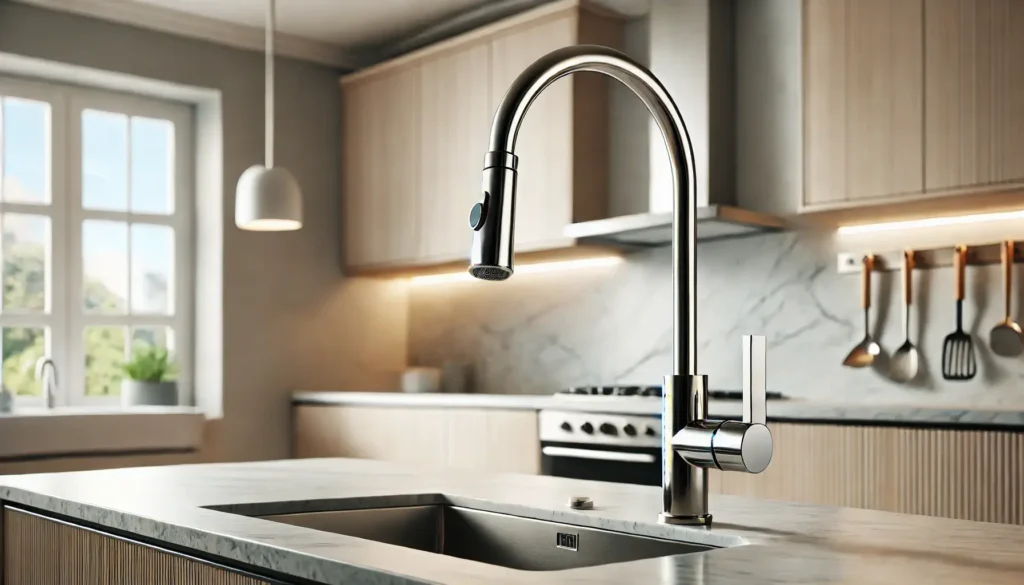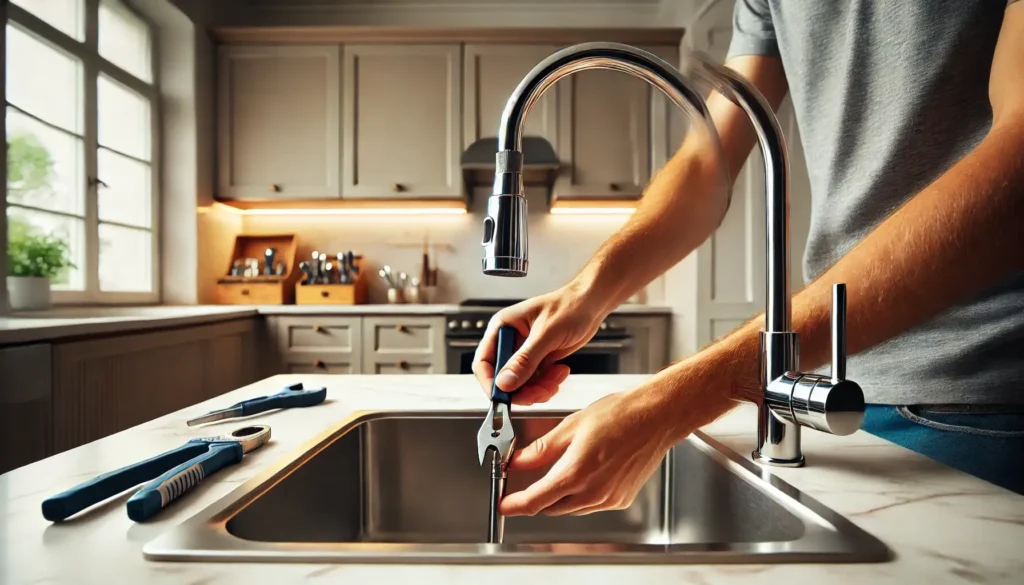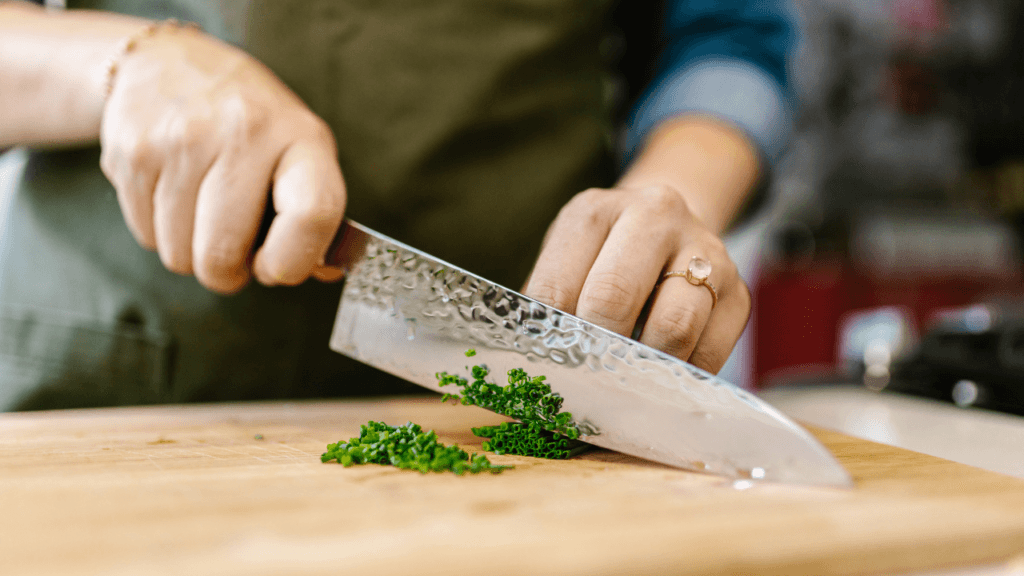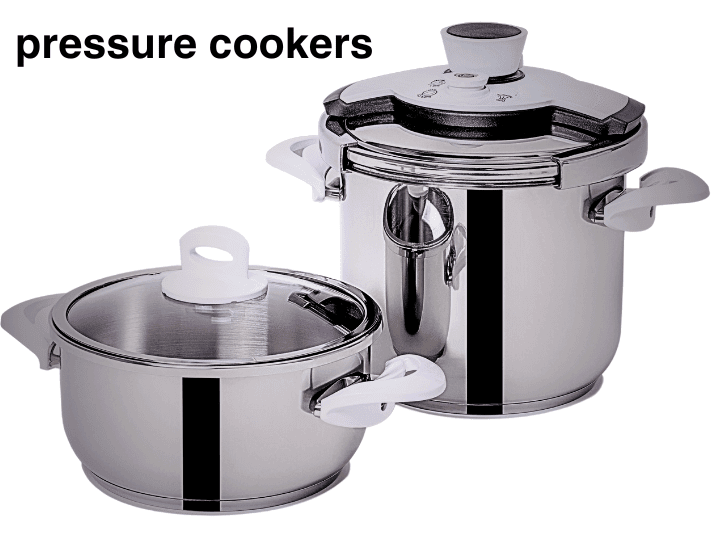Your kitchen faucet works hard every day, whether you’re rinsing dishes, washing produce, or just filling a glass of water.
But what happens when it starts acting up? A dripping tap, low water pressure, or a stiff handle can be frustrating, but the good news is that most faucet problems are surprisingly easy to fix.
You don’t need to be a plumbing expert just a bit of patience, the right tools, and this guide to walk you through it.

In this post, I’ll help you understand some of the most common kitchen faucet problems, how to troubleshoot them, and how to repair them with confidence.
Contents
Identifying Common Kitchen Faucet Issues
Here are a few issues that people encounter most often, along with what typically causes them:
Leaking or Dripping Faucet
A faucet that drips, even when fully turned off, is not only annoying but also wastes water. This issue often happens due to:
- Worn-out washers or O-rings.
- Loose parts inside the faucet assembly.
Low Water Pressure
Does the water come out as a trickle instead of a strong stream? This could be caused by:
- A clogged aerator or faucet head.
- Blockages in the water supply lines.
Noisy Faucet
Hearing strange noises like banging or whistling when the water is on? This might happen due to:
- Air trapped in the pipes.
- Loose faucet parts or water hammer (the sound of water slamming inside the pipes).
Faucet Handle Stiff or Hard to Turn
If the faucet handle feels stuck or is difficult to turn, it’s usually due to:
- Mineral buildup over time.
- A damaged or worn-out cartridge inside the faucet.
Sprayer Problems
If your faucet has a pull-out sprayer, you may encounter weak spray or leaks. These issues are often linked to:
- A clogged nozzle.
- A faulty diverter valve (the part that switches between spray and regular flow).
Tools You’ll Need for Basic Repairs

Here’s what you should have on hand to fix most faucet problems:
- Adjustable wrench
- Screwdrivers (flathead and Phillips)
- Allen wrench (for some faucet models)
- Plumber’s tape (to prevent leaks)
- Replacement parts like washers, O-rings, or cartridges
- White vinegar and an old toothbrush (for cleaning mineral deposits)
How to Troubleshoot and Fix Common Faucet Issues
Fixing a Leaky or Dripping Faucet
- Turn off the water supply. Find the shut-off valves under the sink and turn them off.
- Disassemble the faucet. Remove the handle and faucet components to access the washer or O-ring.
- Inspect and replace worn parts. Look for cracks or wear in the rubber washers or O-rings and replace them if necessary.
- Reassemble and test. Put everything back together and turn the water back on to see if the dripping stops.
Restoring Low Water Pressure
- Remove the aerator. Unscrew the small mesh screen at the end of the faucet spout.
- Clean the aerator. Soak it in vinegar to dissolve any mineral buildup.
- Reinstall the aerator and test. Put it back on and check if the water flow improves.
Dealing with Noisy Faucets
- Tighten loose parts. Check for loose nuts or connections inside the faucet.
- Address water hammer. If you hear banging noises, consider installing a water hammer arrestor (a small device that cushions the water flow).
Repairing a Stiff Handle
- Remove the faucet handle. Use an Allen wrench if needed.
- Soak parts in vinegar. Let the cartridge or other internal components sit in vinegar to remove any mineral buildup.
- Replace the cartridge if damaged. If cleaning doesn’t help, you might need to install a new cartridge.
Fixing Sprayer Issues
- Check the sprayer nozzle. Remove it and look for clogs. Clean it if necessary.
- Replace the diverter valve. If the sprayer doesn’t switch properly, the diverter valve might be worn out and need replacement.
Preventive Maintenance Tips to Keep Your Faucet in Good Shape
- Clean the aerator regularly to prevent clogs.
- Lubricate the handle with plumber’s grease to keep it moving smoothly.
- Inspect washers and O-rings periodically to catch wear and tear early.
- Avoid overtightening parts during repairs to prevent damage.
When to Call a Professional Plumber
While most faucet issues are easy to fix, sometimes it’s better to call a plumber. Consider getting professional help if:
- You encounter leaks within the faucet body or pipes that you can’t access.
- The faucet parts are corroded or too damaged to repair.
- You need to replace the entire faucet, and the installation seems tricky.
Your kitchen faucet plays a big role in your daily routine, so when it starts acting up, it can be a real hassle. Thankfully, most common issues – like leaks, low pressure, or stiff handles – can be fixed quickly with the right tools and a little know-how.
Regular maintenance can also help you avoid future problems and keep your faucet running smoothly for years to come.
Don’t be afraid to roll up your sleeves and try these simple repairs before calling a plumber. With these tips, you’ll be back to washing dishes and filling pots without a hitch in no time! 😊
Have you ever had to fix your faucet? Share your experience or ask any questions in the comments below – I’d love to hear from you!



